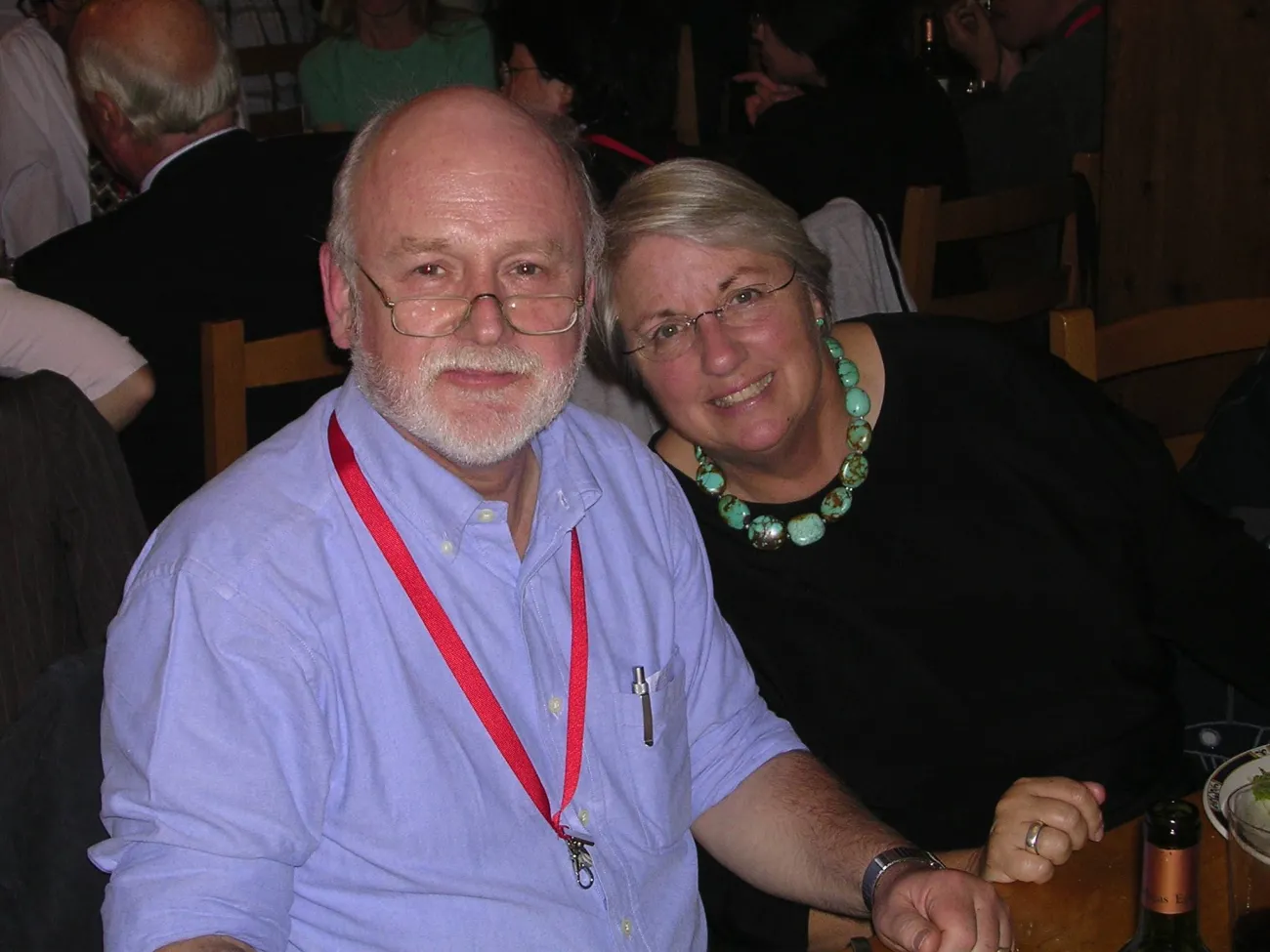Obituary: Remembering Eleanor McMillan
Submitted by sharragrow on 10 Mar 2022

By Andrew Oddy
Eleanor McMillan spent her life working in conservation in the United States, but on the international scene she served two terms on the council of IIC. She was a larger-than-life figure whose confidence no doubt stemmed from the fact that she was born into the Roosevelt family and was the great granddaughter of President Theodore Roosevelt.
Eleanor McMillan was born in Baltimore on 11th December 1937, her parents being William and Grace Roosevelt McMillan. She grew up on Sunny Hill Farm in Glyndon, Maryland, was schooled in Maryland and Virginia, and studied for a BA at Radcliffe College in Cambridge Massachusetts, graduating in 1960. From 1960 to 1963 she attended the Art Student League in New York. She served an internship with Elizabeth Packard at the Walters Art Museum in Baltimore in the summer of 1962, and then in 1963 she was hired by Charles Olin of the Museum of History and Technology which opened in January 1964. In 1967 she studied paper conservation with Marilyn Kemp Weidner in Philadelphia and became the first paper conservator at the Smithsonian Institution. In 1969 she was sent to Florence for four months as part of a large international effort to rescue and conserve books and prints damaged by the tremendous flood of 1966 when the River Arno burst its banks and flooded many churches and museums as well as secular buildings. In 1976 she was promoted to be head of conservation at the Conservation Analytical Laboratory of the Smithsonian Institution (CAL) where she oversaw conservation projects, taking particular interest in training programs towards the end of her career. She retired in 1994 as the chief conservator at CAL.
She was a founding member of the Washington Conservation Guild in 1967, becoming president in 1979, and served on the board of the American Institute for Conservation and, after she had retired, the council of the International Institute for Conservation for six years in the noughties.
Eleanor McMillan’s background meant that she was a woman of means, and among her philanthropic activities was the donation in 2004 of her iconic powder-blue 1965 Ford Mustang to the Smithsonian Institution. Folklore has it that in 1976 Eleanor was stopped in this car on the highway and fined for having an inflatable man sitting beside her in an attempt to illegally use the express lanes around Washington DC. It certainly fits with her outlook on life!
She also provided initial funding for the Smithsonian Center for Archives Conservation, and in 2009 she funded a conservation window at the Walters Art Museum to enable the public to see conservation work in progress.
Just before she died, Eleanor McMillan had donated three family portraits to the National Portrait Gallery at the Smithsonian Institution, two more to the Maryland Historical Society in Baltimore, and was negotiating donations from her first-peoples collections to the Autry Museum of the American West in Los Angeles.
In retirement Eleanor was able to indulge her delight in world travel, scuba diving, sculpture, and painting in watercolor. She had a soft spot for dogs and, on more than one occasion, came home from a foreign trip with a stray in tow. With the affection she lavished on them, these dogs must have thought they had died and gone to heaven.
I first met Eleanor when she attended one of the short courses in conservation which had been established in London by the British Museum Research Laboratory in conjunction with the Institute of Archaeology of London University and other museum conservation departments in the London area. Our paths did not cross again until we literally bumped into each other at a conference in Washington in the 1990s. From then on we became firm friends, and for several years in the noughties Eleanor and a couple of her friends came to stay with us in rented cottages exploring various parts of the UK. She always brought her painting kit.
In later life Eleanor McMillan sadly suffered from bipolar disorder and the effects of the drugs used to treat it. Nevertheless, although life became more and more of a struggle, she was invariably cheerful and did not complain. She will be remembered as a fun figure with a characteristic chortle and a determination not to let her ailments get in the way of a full life. She died on 21st July 2021.
Eleanor McMillan is survived by her brother and two nieces. She never married but had a legion of good friends and will be greatly missed.
By Andrew Oddy (with acknowledgements to The Washington Post, the Washington Conservation Guild, Leonard Streckfus, Barbara Busch, and Pickett Randolph.)